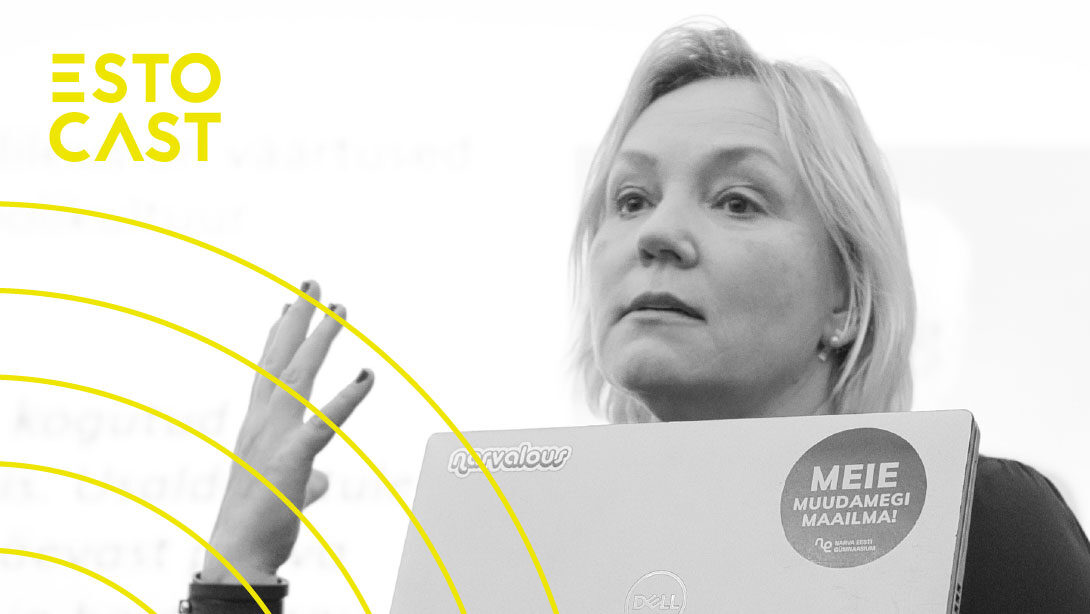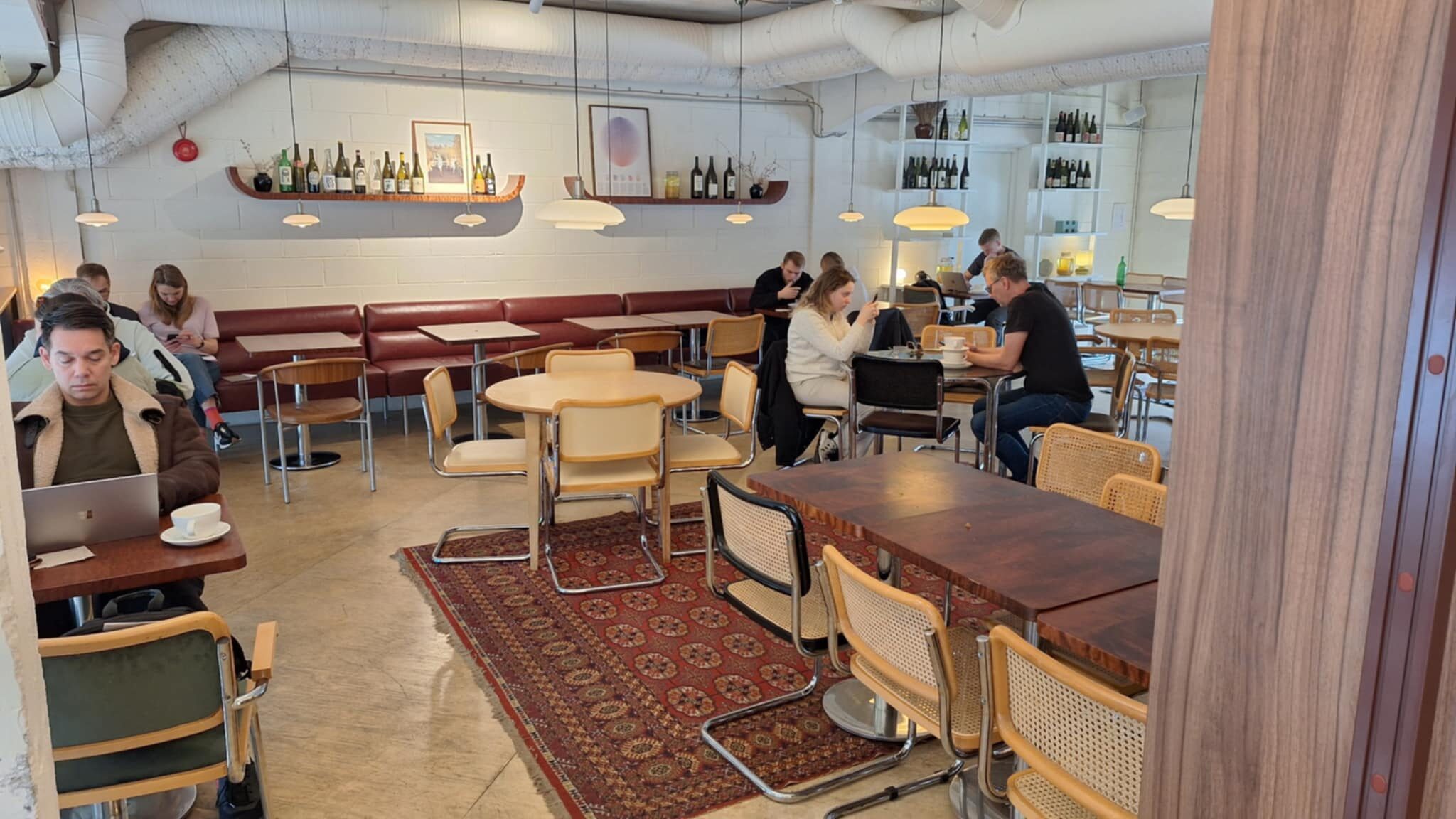It's hard to truly see the predicament faced by young Estonians without being a young Estonian yourself, but this was a minor indication of the kind of input that can complicate one's decision of where they want to locate themselves in the world.
Recently, Alis Tammur from Statistics Estonia reported that after five years of decreasing population, Estonia's population has been rising for the last two years. Her analysis also indicated rising net migration for the last three years, of Estonians returning from abroad.
16 years ago, when Estonia joined the European Union, the opportunity for people, goods, services, and capital to move more freely was gradually adopted. Prior to the 2007-2008 financial crisis, 4% of Estonians indicated a desire to work abroad. In 2010, that increased to 9%. A Eurobarometer survey from 2013 indicated that the number of Estonians from age 25 to 44 who wanted to leave the country increased from 19% in 2006 to 28% in 2010.
What happened between that survey and two years ago, such that the situation changed? What factors are considered when a young Estonian is faced with the decision to leave or stay?
Primary reasons for leaving have included low income, lack of employment opportunities, or jobs not matching one's qualification levels (underemployment). A desire for a perceived better quality of life and social insurance may also play a role.
A Ministry of Social Affairs survey from 2013 determined that the top EU country that Estonians emigrated to was Finland, at 49%. This was followed by Sweden at 8%, and then the UK, Ireland, and Germany. This data shows that for most emigrants, there may be a desire for a more affluent lifestyle, while also not being too far away from home and being able to have some familiarity when it comes to culture.
Seeing the potentially negative economic consequences of increased emigration and low birth rates (Estonia's fertility rate is currently 1.607 births, while “replacement level fertility” is 2.1) the nation has addressed the situation through attempting to increase immigration. This is where national marketing and branding have been applied, to draw in skilled international workers and students. Research by Suvi-Anette Vienola from Tallinn University of Technology has shown the materials provided by Brand Estonia to be one streamlined way for companies to promote Estonia, within their own marketing, as a leader in technology.
Then there's Visit Estonia and Work in Estonia, whose consistent font usage, high quality photography, and promotional literature have fascinated the internet. They've shown a place where you can find meaningful employment, sublime nature, recreation, and the means to maximize the amount of time you have to enjoy those things. Government initiatives, such as the expenses-paid Career Hunt, have encouraged IT specialists to work in Estonia. EU students are enticed by the Erasmus program. For businesses, there is e-residency. You could even say that our events here in Canada plant the seed of interest in others moving to Estonia. Immigration may have created a “brain exchange” rather than just a “brain drain,” such that 6,819 EU citizens between the age of 25 and 35 were given the right to reside in Estonia between 2010 and 2015, according to the Institute of Baltic Studies.
There is hesitation about immigration, however, especially immigration from outside of the EU. Of all three Baltic countries, Estonia has the largest population of people born outside of the EU (13.1%). Yet, as the Migration Policy Institute has noted: in Eurobarometer surveys, Estonians have consistently rated immigration to be the biggest concern for the EU.
Despite this hesitation, there have been immigration success stories, including ERR cameraman Mustafa Celik, who moved to Estonia and obtained citizenship after meeting his wife, an Estonian. He took the required language exam, the Estonian constitution knowledge exam, relinquished his Turkish citizenship, and has endeavoured to “be like a local” as he states. His move has drawn praise from Estonia's Minister of Population Affairs Riina Solman.
Urban studies theorist Richard Florida argues that diversity, tolerance, and innovation will attract highly skilled individuals to an area and benefit its economy. Likewise, Estonians might be returning because they see the country drawing people from abroad.
Some young Estonians choose to stay. With the 12th Estonian Youth Song and Dance Celebration in 2017, the promise “Mina Jään” (“I will stay”) rang out. This motto is “like a signature that binds us to our roots.” It's intended for a generation for whom “the world is open, but their roots will still connect them to this land.” To be born in Estonia can be like a magnet that brings you back.
Research from the Institute of Baltic Studies tells us that 40% of immigrants to Estonia are people born in Estonia. They return because they want “…to settle down in Estonia and they had missed a sense of belonging…”
Looking back to that moment when I left Berlin, I came to the conclusion that choosing your place of residence is more than just selecting a trendy place to be. It's about finding a place that aligns with who you are. We can see that through the choices made by young people from Estonia.
This article was written by Vincent Teetsov as part of the Local Journalism Initiative.




